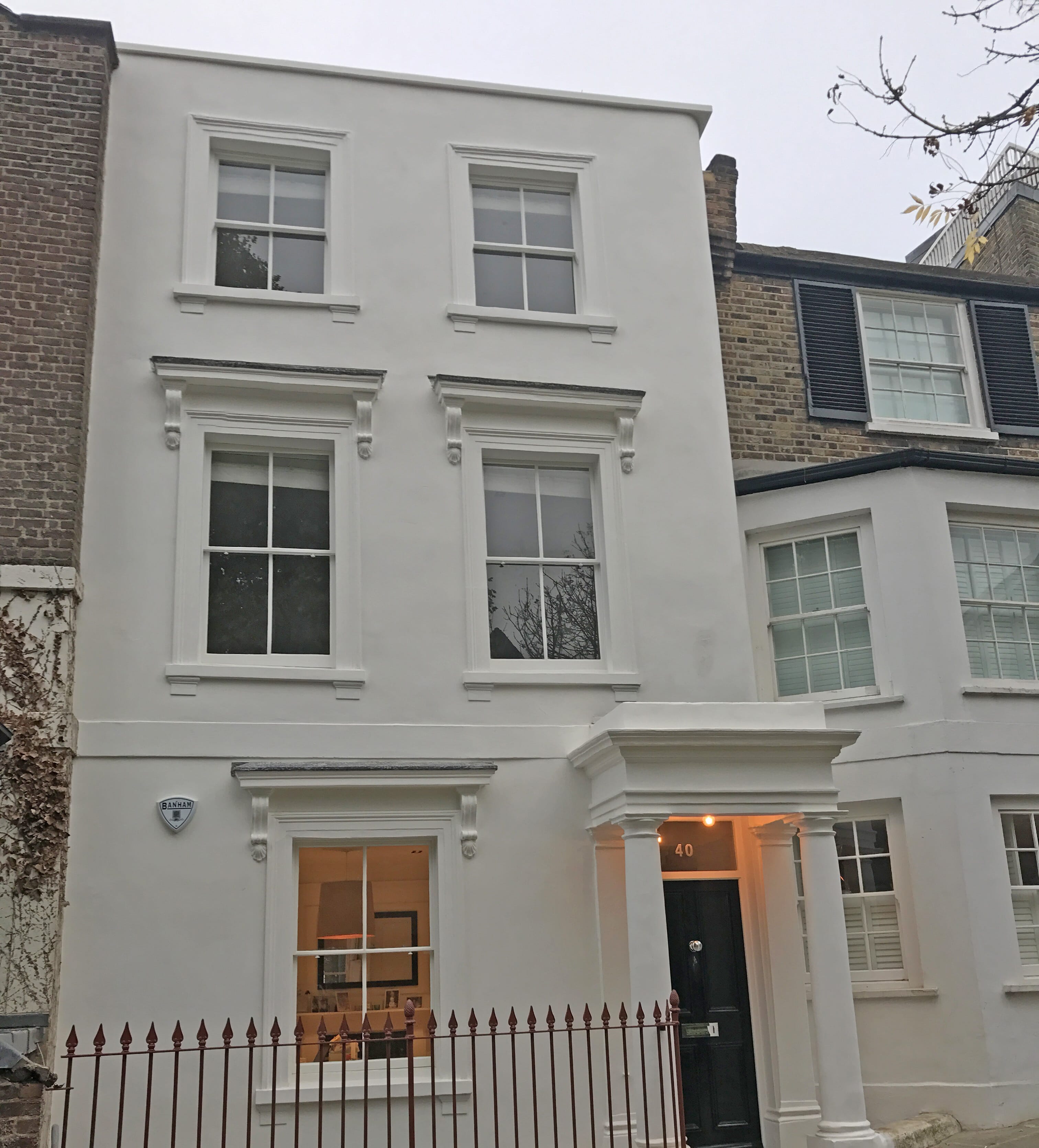
Do I need listed building consent for renovations and repairs?
Listed buildings are protected by law for a reason; they are usually of historical or architectural importance and need to be preserved as such. As long as you follow the rules, however, there is no need to worry about breaking the law.
Here’s what Natural England says about staying on the right side of the law when it comes to renovating your listed building property…
When is listed building consent required?
It is an offence to carry out works that require listed building consent without such a consent being obtained. However not all works require listed building consent; only demolition or works or alteration or extension that affect the character of the building as a building of special architectural or historic interest. It is also an offence to fail to adhere to a condition on a listed building consent. The same penalties and defence apply.
Who is liable?
The offence is committed by the person who carried out the works (possibly a builder) and by anyone who caused them to be carried out (someone instructing a builder).
Ignorance is not a defence!
It is not a defence to say that the fact that the building was listed was not known. Bearing in mind the possible uncertainties regarding attached and curtilage structures, the National Heritage List for England and the local planning authority should be consulted if there is any doubt.
What’s the penalty for listed building renovations without consent?
The maximum penalty is two years’ imprisonment or an unlimited fine. In determining the fine a judge must have regard to any financial benefit which has accrued or appears likely to accrue to the wrongdoer so as to deny them any benefits.
Intent is also a crime
Quite separately it is an offence for anyone who would otherwise be permitted to do damage to a listed building (e.g. the owner) to do anything which causes or is likely to result in damage to a listed building with the intention of causing damage. Damage to a listed building by an unauthorised person other than the owner or occupier would be criminal damage under the Criminal Damage Act 1971.
The offence applies to current owners
As well as prosecuting any breaches of the law protecting listed buildings the local planning authority may also issue a listed building enforcement notice with the purpose of restoration or alleviating the effects of the unlawful works. Failure to comply with a valid listed building enforcement notice is itself an offence with potentially an unlimited fine that must take into account any financial gain. In this case the offence is committed by the owner for the time being of the listed building and not the person who carried out the unconsented works.
So owners must appeal or comply with listed building enforcement notices even if the works were carried out by a previous owner or they risk committing a criminal offence.
What about retrospective listed building consent?
Works that required listed building consent may be given consent after they have occurred, including through the process of an appeal against a listed building enforcement notice. The fact that the works are given consent after the event does not alter the fact that an offence may have been committed and a prosecution may still be brought. The works may have been very harmful and regrettable but the consent process may have to recognise the difficulties with restoration.

Author: Peter Little (CEO)
This article was first published on 14th September 2017
(Updated 22nd November 2024)
Over 35 years experience in listed building renovations and repairs
Get a FREE initial quote

